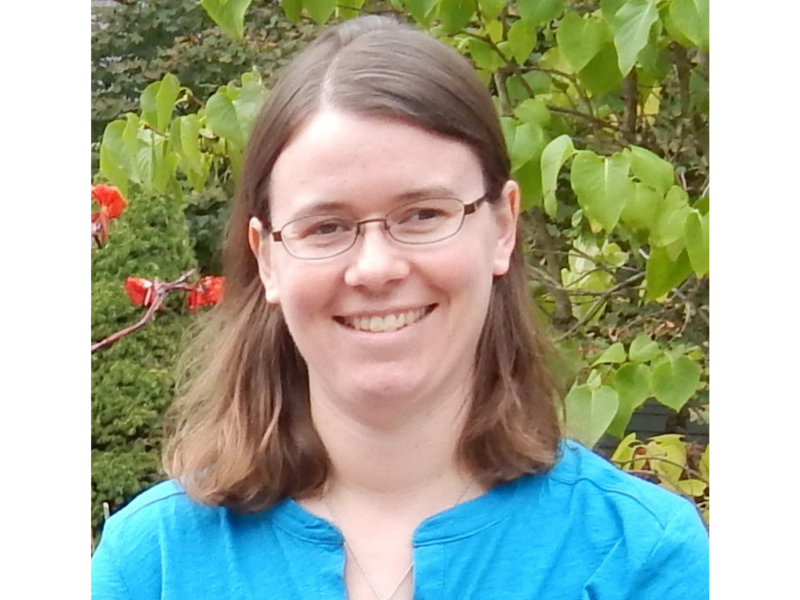
Probability of Encounter Model
Triton’s expertise in collision risk and predictive modeling come together to advance research of potential encounters between fish and current energy converters, including tidal or riverine energy devices. Since turbines only occupy part of the water column, knowing where the moving components are relative to fish distribution and how fish behave in that near-field region informs how likely they are to be at risk for collision. Direct observations are not always practical in natural environments and are limited in their ability to quantitatively describe migrating fish school size, shape, and/or distribution patterns as the school moves through the water column and past underwater turbines.
Close-range outcomes—like collision, near-miss, or evasion behavior—of interactions when fish encounter turbines are challenging to observe (see Staines’s Triton Story on collision risk here). Determining the probability of fish encountering a turbine through models like the Probability of Encounter Model (PoEM) can inform whether field observations are needed to observe direct interactions, e.g., video cameras focused on the rotor-swept area of a turbine. This information helps determine what monitoring is needed to estimate the risk of current energy converters to animals and the environment. An improved understanding of these risks helps reduce barriers to installing and testing turbines and supports future collision mitigation studies.
Data collection and processing, in collaboration with Aquacoustics LLC, facilitated the development of a prototype PoEM that estimates the likelihood of fish encountering turbines during major movement or migration periods. During this first phase of the project, the team demonstrated the prototype PoEM for current energy converter turbines and salmon smolt during downstream migration to the ocean. To inform this model, the team processed and analyzed sonar data of salmon smolt approaching a deployed riverine turbine in the Kvichak River, Alaska, to calculate the probability that smolt would enter the volume of water located directly upstream of the turbine. These probabilities were then broken down to assess how environmental conditions, like time of day or other variables, affected smolt migration behavior.

As part of this project, Triton led a workshop with several sonar subject matter experts at the University of New Hampshire (UNH) Jere A. Chase Ocean Engineering Laboratory. The goal was to address monitoring challenges identified during the development of the prototype PoEM and help improve the model’s performance. PoEM uses data collected from side-looking sonar, an active acoustic method that can be used to estimate the biomass of salmon in river systems. Schools of fish—like the out-migrating sockeye salmon smolt in the Kvichak River—are easy to detect and describe with sonars, but because the return signals show a combination of many fish rather than individual ones, localizing them in space is very difficult. The PoEM team is continuing to investigate the spatial accuracy of fish schools detected in the sonar beam and inform the PoEM to help regulators make scientifically supported decisions about fish interactions with turbines.
